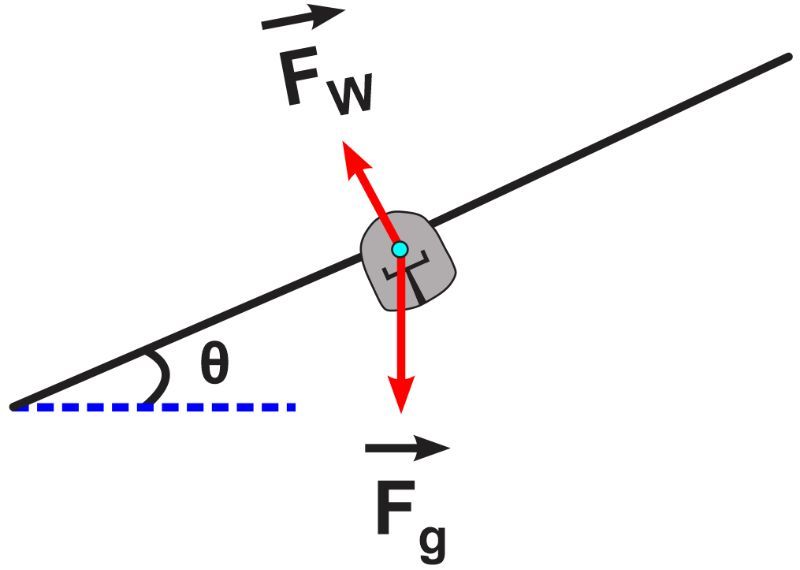- Download the worksheet to save time writing
- Start solving the practice problems
- If you're stuck, watch the video solutions
- See your summary to get more insights

A 1000-kg van and a 2000-kg bus come closer to a circular track with a radius of 200 m.
(i) What should be the banking angle for this circular track so that automobiles traveling at 40.0 m/s can take a turn without toppling?
(ii) Should the bus move slower than the van?
A spacecraft is on a mission to explore Mars. When the spacecraft entered the Martian atmosphere, the commander made a balanced turn by tilting the spacecraft wings at an angle α to the horizontal. The commander maintained the center of gravity of the spacecraft in a horizontal plane. The speed Vs of the spacecraft was constant, and the spacecraft moved in a circle of radius Rs. Calculate the tilting angle α using Vs, Mars' gravitational acceleration g, and Rs. Note that the lift force is directed perpendicular to the wings and in the opposite direction of gravity.
What is the static friction coefficient required between the wheels and the track for a vehicle to safely navigate a level turn with a radius of 80 m at a speed of 90 km/h?
A 1251-kg vehicle takes a 73 m radius turn on a track inclined at 15° to help the vehicle not skid outward. If the vehicle moves at 86 km/h, will it require a frictional force? If necessary, what will be the magnitude and direction of this force?
How long does it take for a glider travelling at 511 km/h and banking at an angle of 39° to navigate a sharp turn on a level circular path?
What is the speed of a truck navigating a banked circular track of 146 m diameter at a uniform speed? Given that its motion is represented in a coordinate system with its origin at the circle's center. At a given instant, the truck's horizontal acceleration is calculated as (-16.7 î - 24.2 ĵ) m/s2.
Determine the frictional force exerted on a 76 kg rider when a roller coaster car, moving at a speed of 161 km/h (about 101 mi/h), takes a turn with a 571 m radius and banks at an 8.1° angle towards the curve's center.
